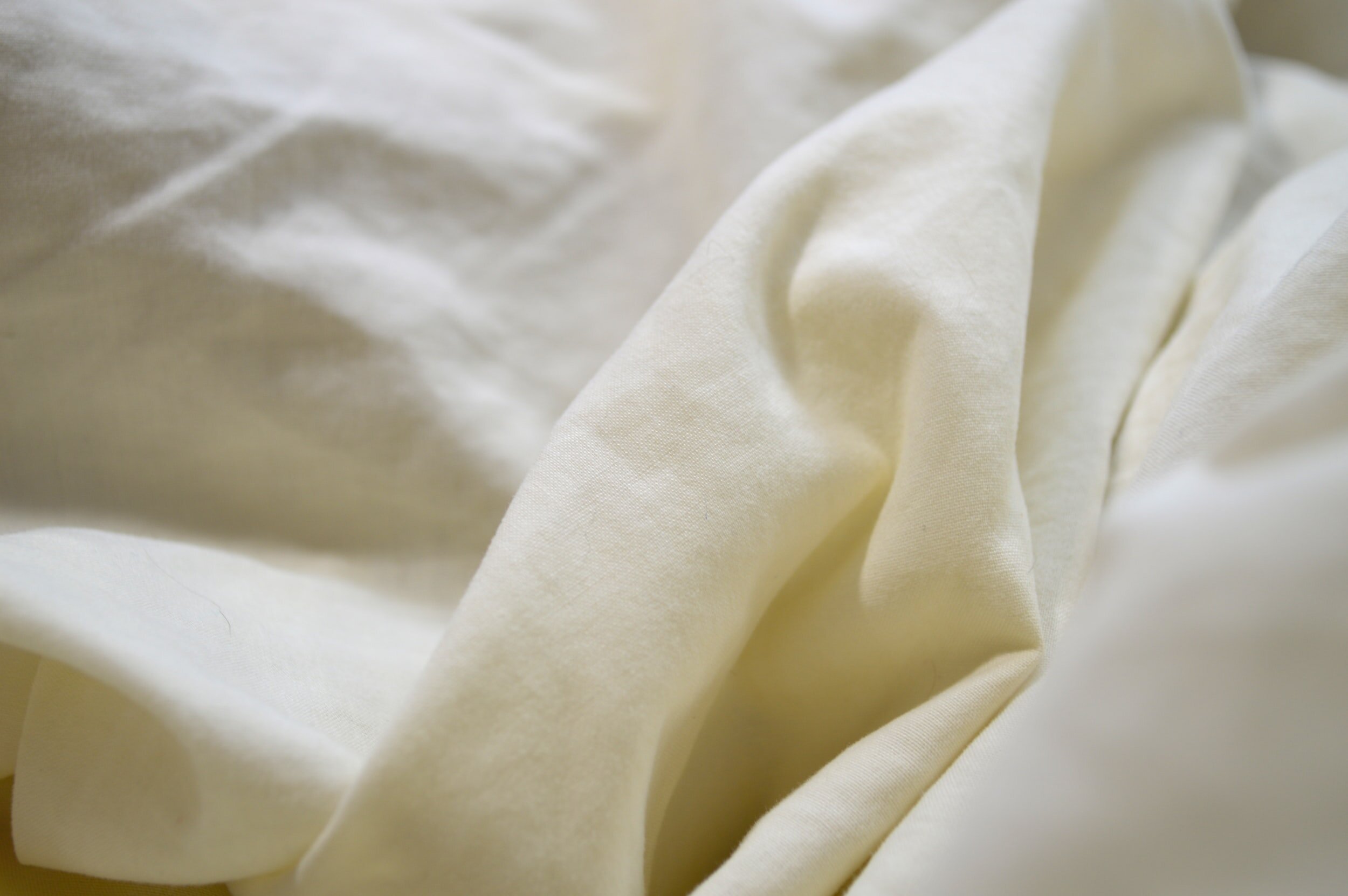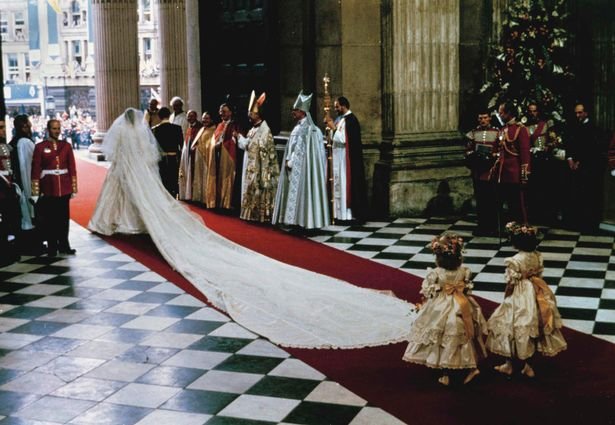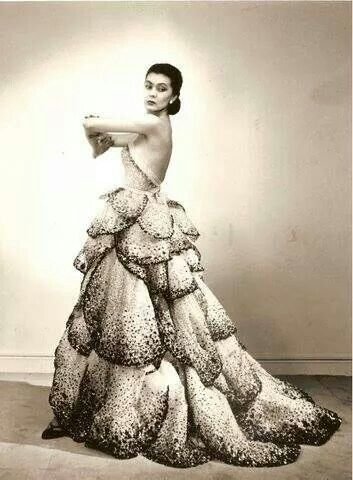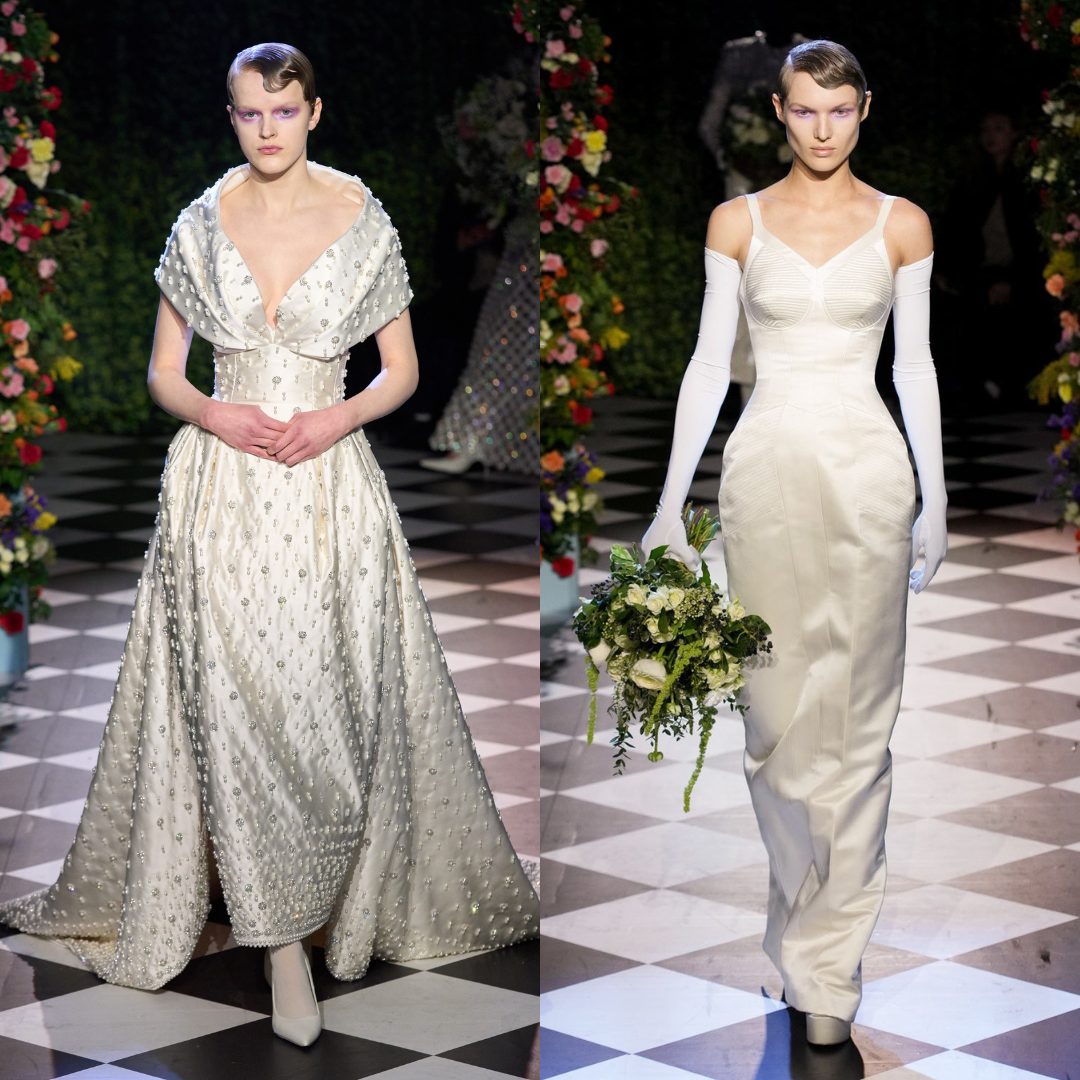5 Ways The Past Can Inspire Our Fashion Sustainability
The past is a different country. They do things differently there.
If asked whether I would like to have been born in a different era- Solid no. I am only alive owing to modern medical advancements that did not exist 100 years ago.
But one thing that I believe we should not have ditched so gleefully is the intention that things are to be used more than once. ‘Glamour’ and ‘style’ are not words that exist in opposition to ‘sustainable’ and ‘environmental’. We can learn a lot from the more sustainable practices of the past.
So, this is a non-exhaustive starter pack to historical sustainability. I hope that it sparks some ideas, whether you have a vintage, historical, or modern wardrobe.
1) Cobbler, Cobbler, Mend my Shoes
Cobbler: A mender of shoes, or someone who might make translated shoes from old leather. Historically this trade has been separated from the more prestigious practice of shoemaking. Other medieval spellings include: Botcher, Clouter, Clowtars, Clowter, Cobbeler, Cobblar, Cobeler, Cobelere, Cobler, Cobulare, Cobyller.
Though artisan shoemakers are hard to come by these days, you can still get your shoe re-soled, very easily. I love going to the cobblers. It’s like having a whole new pair of shoes! So, I implore you, please do not just wear your stilettos until the heel tip falls off and then bin them. Primark is not the answer. There are literal skilled tradespeople who will fix them for you. USE THEM.
2) Going to The Menders
Speaking of skilled tradespeople, you can have your clothing altered to fit you, and fixed if they begin show signs of wear and tear. Only in the last century have we moved away from remaking and fixing our clothes to disposing of them and buying new ones every time.
Historically, it was common for well off families to have alterations made in-house by a particular servant or family member. There was also the option to go to a tailor or mantua maker to outsource your alterations.
If you’re feeling adventurous, you can mend things yourself. I strongly recommend starting with the very simple stuff- replacing a button and mending a small hole. There are fantastic online resources available on Instagram, YouTube and even Tik Tok. Here are a few to inspire you:
Stuart Moores’ Textiles: mending techniques is a channel on YouTube with a wealth of resources and in-depth tutorials:
3) Thrift Flips
As I’ve already mentioned, back before mass-produced clothing was widely available, people would change the appearance of their clothes by altering the shape, style, and embellishment of a garment. The recent trend of thrift-flipping speaks to this age-old tradition of repurposing an existing garment.
For my fellow history nerds, the Modern Mantua Maker has documented a project converting a reproduction 1760s gown into a 1780s style. 18th-century dresses were far more costly to make than they were to alter, and with many yards of fabric to work with, they were ideal for modification.
Maxi dresses and skirts are ideal for thrift flips for similar reasons; they have few seams and large swathes of fabric. My one caveat with this is to please not buy up plus size clothing from charity shops. It’s hard enough for plus-sized women to find sustainable clothing options as it is, without you buying it to turn into a teeny pair of shorts.
Taking this one step further, after world war II larger pieces of fabric were used to create something completely different- underwear!
4) Natural Dyes
Brightly coloured fabrics are not a new thing, but dyes that pollute our environment are a relatively recent invention. For this one, we are not only looking to the past but to the traditional present.
Traditional Mayan artisans use boiled banana leaves as a mordant. This allows natural dyes to adhere to cloth and prevents them from fading with time.
There is an assumption that natural is synonymous with dull, muted colours- but not so! Indigo has been used in Japan for centuries to create vibrant blue textiles. and the dye is plant-based. Textile archaeologists have explored Anglo-Saxon and Viking plant dyes, which created surprisingly vibrant dyed yarn and cloth.
Not only do natural dyeing methods prevent the pollution of our waterways. They sustain longstanding cultural practices and ensure that cultural history is preserved. There are artists still doing this work, so please support them.
Natural dyeing techniques aren’t just used to create plain cloth either. The ‘Jaspe’ (Mayan) and Shibori (Japanese) techniques rely on ‘tie-dyeing, a method utilised long before it became the trademark of 1970s counterculture and 90s crop tops. Indigenous artisans tie a thread at pre-determined intervals to create intricate patterns before dyeing them. Above is an example of this stunning technique.
5) Natural Fabric
Another practice that we’ve lost in recent times is the art of dressing for the weather. By that I mean the use of natural fabrics that aid warmth or coolness.
For example, natural wool in the winter is warm AND eco-friendly. Wool biodegrades so much faster than plastic, and since we have bread sheep over time to grow wool continuously, we should be using the wool that we shear. In Britain, we’re not using most of our wool produce. This damages farmer, the environment, the sheep and our history. (Vegans don’t come for me please.)
Likewise, linen and cotton fabrics are overlooked in favour of synthetics. Linen is great. Unlike polyesters it allows the skin to breathe and sweat to evaporate. It comes in lots of different weights, and biodegrades, much like wool. We used to wear this in the summer as a light, cool, sweat-wicking layer.
Disclaimer:
It is worth saying that there are issues in the production line involving human cost in producing and dyeing fabrics, and the making and shipping of clothes. Workers are too often underpaid and exploited.
Although buying ethical fabrics for your projects is far more expensive, this helps to support more ethical production. It’s even better if you then make your own clothes or patch up ones you already own. In doing so you have created an item that is guaranteed to be as ethical as possible.













